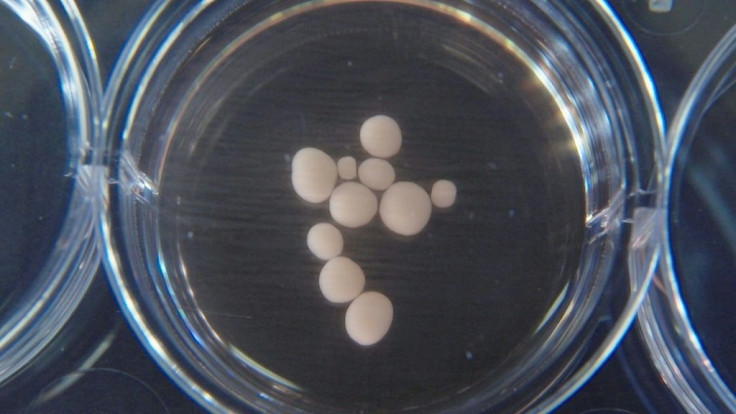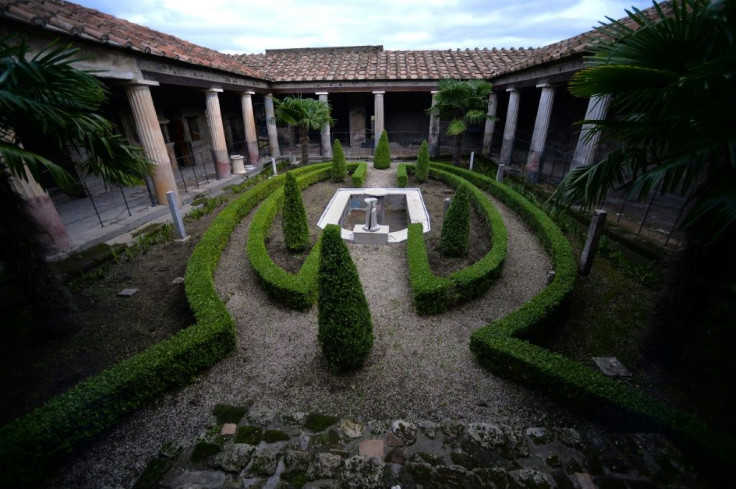Preserved Brain Cells Still Visible In Victim Of Ancient Vesuvius Eruption
KEY POINTS
- A group of scientists discovered brain tissues intact in ancient human remains
- Claims in the new study remain open for debate among other experts
- The finding adds to astounding discoveries related to the historic Mount Vesuvius eruption
Frozen neurons remain visible in the brain of a victim of the eruption of Mount Vesuvius that took place in 79 A.D. The structure of the brain tissues, including spinal cords, are still intact at present, new research has claimed.
The eruption of Mount Vesuvius is a significant occurrence in the world’s history. The incident covered several Roman cities with thick ashes and molten rock, including Pompeii in Italy. The tragedy would have turned everything in ashes. However, bodies were preserved underneath, like they were frozen in time.
In a new study published in the journal PLOS One, a team of researchers said the neurons and remains of the spinal cords of the victim remained visible because of the black, glassy material that was found wrapped around the man’s brain, Gizmodo reported.

The expectation was that all victims would have had their skulls exploded and vaporized with the extreme temperatures the victims endured in the tragedy. However, that was not the case for one victim found in Herculaneum, one of the ancient cities devastated by the Mount Vesuvius eruption.
“The discovery of brain tissue in ancient human remains is an unusual event,” Pier Paolo Petrone said. Petrone is the lead author of the study and a forensic anthropologist at the University Federico II in Italy.
“But what is extremely rare is the integral preservation of neuronal structures of a 2,000-year-old central nervous system, in our case at an unprecedented resolution,” he added.
The new discovery supported the team’s previous conclusion that this glassy material is part of the man’s brain which underwent a vitrification process. The process happens when an object is exposed to extreme heating followed by rapid cooling, the team explained.
The same team, led by Petrone, published a separate paper in January 2020 that detailed their discovery of the victim who was buried in volcanic ash with the whole of his brain still intact with him. At the time, the team has yet to observe the highly specific detail of the man’s brain structures.
"The preservation of the ancient brain remains is an extremely rare find. This is the first-ever discovery of ancient human brain remains, vitrified by heat,” Petrone said at the time, NBC reported.
However, whether the team found an actual preserved neurological structure is still open for debate. Several experts who spoke with Gizmodo have expressed their differing opinions on the matter.
For instance, Matthew Collins, a professor of palaeo proteomics at the University of Copenhagen, said brains are often the first to decompose in an event of death. Tim Thompson, a professor of applied biological anthropology at Teesside University in the United Kingdom, felt that Petrone’s team needs to release more raw data to support their claim.

© Copyright IBTimes 2024. All rights reserved.





















